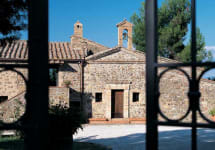San Filippo Brunello di Montalcino 2017
-
James
Suckling -
Wine
Spectator



Product Details
Your Rating
Somm Note
Winemaker Notes
The color is ruby red with a slight tendency to garnet. The nose is intense and complex, spicy, with dominant notes of Amarena cherry. The olfactory phase continues on the palate. The flavor is full, harmonious and persistent, with dense and silky tannins.
Professional Ratings
-
James Suckling
Sweet berry, cherry and floral aromas with some dried fruit as well. Hint of cedar. Full-bodied and chewy with lots of fruit, tannins and vanilla. Big and rich. But still fresh. Try after 2024.
-
Wine Spectator
There are plenty of savory elements here, from the juniper and sage to tobacco notes aligned with steeped cherry and strawberry fruit flavors and a hint of rose. Dry, dusty tannins line the finish. Best from 2024
Other Vintages
2019-
James
Suckling -
Robert
Parker -
Wine
Spectator
-
James
Suckling -
Wine
Spectator -
Robert
Parker - Decanter
-
Wine
Spectator -
James
Suckling -
Jeb
Dunnuck -
Robert
Parker
-
James
Suckling -
Wine
Spectator -
Robert
Parker
-
James
Suckling -
Wine
Spectator
-
Wine
Spectator -
James
Suckling
-
Wine
Spectator -
James
Suckling -
Robert
Parker
-
James
Suckling
-
James
Suckling -
Wine
Spectator -
Robert
Parker
-
Robert
Parker -
Wine
Spectator
-
Wine
Spectator
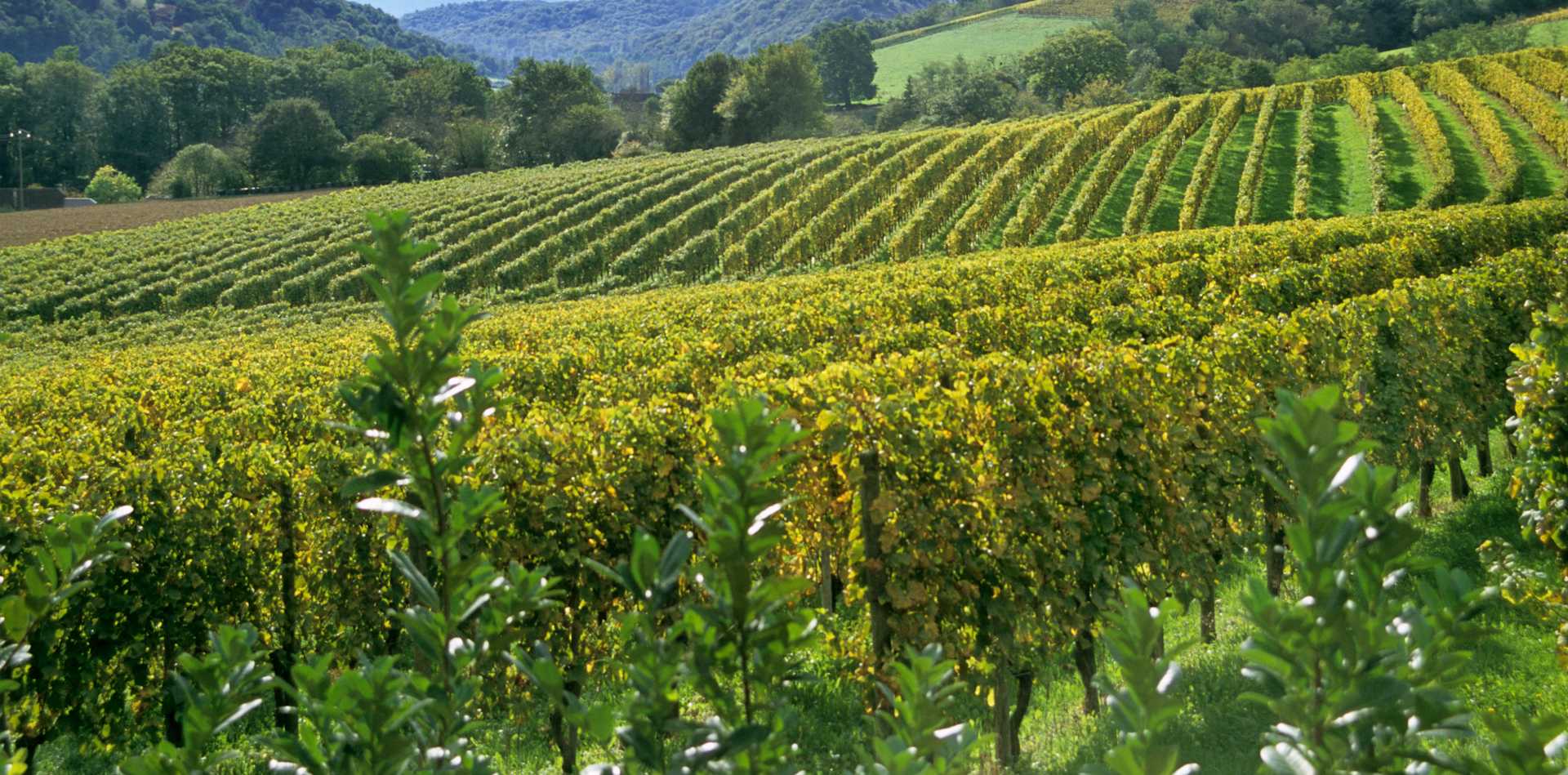
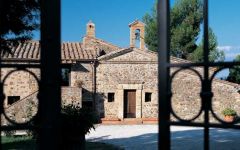
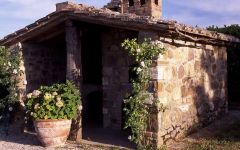
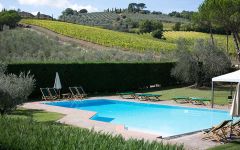
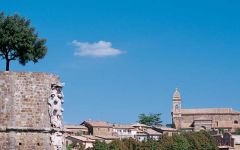
Situated in the splendid area of Northern Montalcino close to Biondi Santi’s Il Greppo and La Serena, the wines of San Filippo are ageworthy and elegant, though very approachable in their youth. The estate totals 22 hectares, 11 of which are under vine, dedicated mostly to Sangiovese, with a small olive grove as well. Founded in 1972 (1977 was the ?rst year of production), the estate was recently purchased by Roberto Giannelli who restored and renovated the entire facility. With the help of Paolo Caciorgna, Roberto is producing 2500 cases of Brunello aged in Slavonian and Allier oak casks each year, as well as 800 cases of a delicious Rosso di Montalcino aged 6 months in used barriques and large casks.

Among Italy's elite red grape varieties, Sangiovese has the perfect intersection of bright red fruit and savory earthiness and is responsible for the best red wines of Tuscany. While it is best known as the chief component of Chianti, it is also the main grape in Vino Nobile di Montepulciano and reaches the height of its power and intensity in the complex, long-lived Brunello di Montalcino. Somm Secret—Sangiovese doubles under the alias, Nielluccio, on the French island of Corsica where it produces distinctly floral and refreshing reds and rosés.

Famous for its bold, layered and long-lived red, Brunello di Montalcino, the town of Montalcino is about 70 miles south of Florence, and has a warmer and drier climate than that of its neighbor, Chianti. The Sangiovese grape is king here, as it is in Chianti, but Montalcino has its own clone called Brunello.
The Brunello vineyards of Montalcino blanket the rolling hills surrounding the village and fan out at various elevations, creating the potential for Brunello wines expressing different styles. From the valleys, where deeper deposits of clay are found, come wines typically bolder, more concentrated and rich in opulent black fruit. The hillside vineyards produce wines more concentrated in red fruits and floral aromas; these sites reach up to over 1,600 feet and have shallow soils of rocks and shale.
Brunello di Montalcino by law must be aged a minimum of four years, including two years in barrel before realease and once released, typically needs more time in bottle for its drinking potential to be fully reached. The good news is that Montalcino makes a “baby brother” version. The wines called Rosso di Montalcino are often made from younger vines, aged for about a year before release, offer extraordinary values and are ready to drink young.
